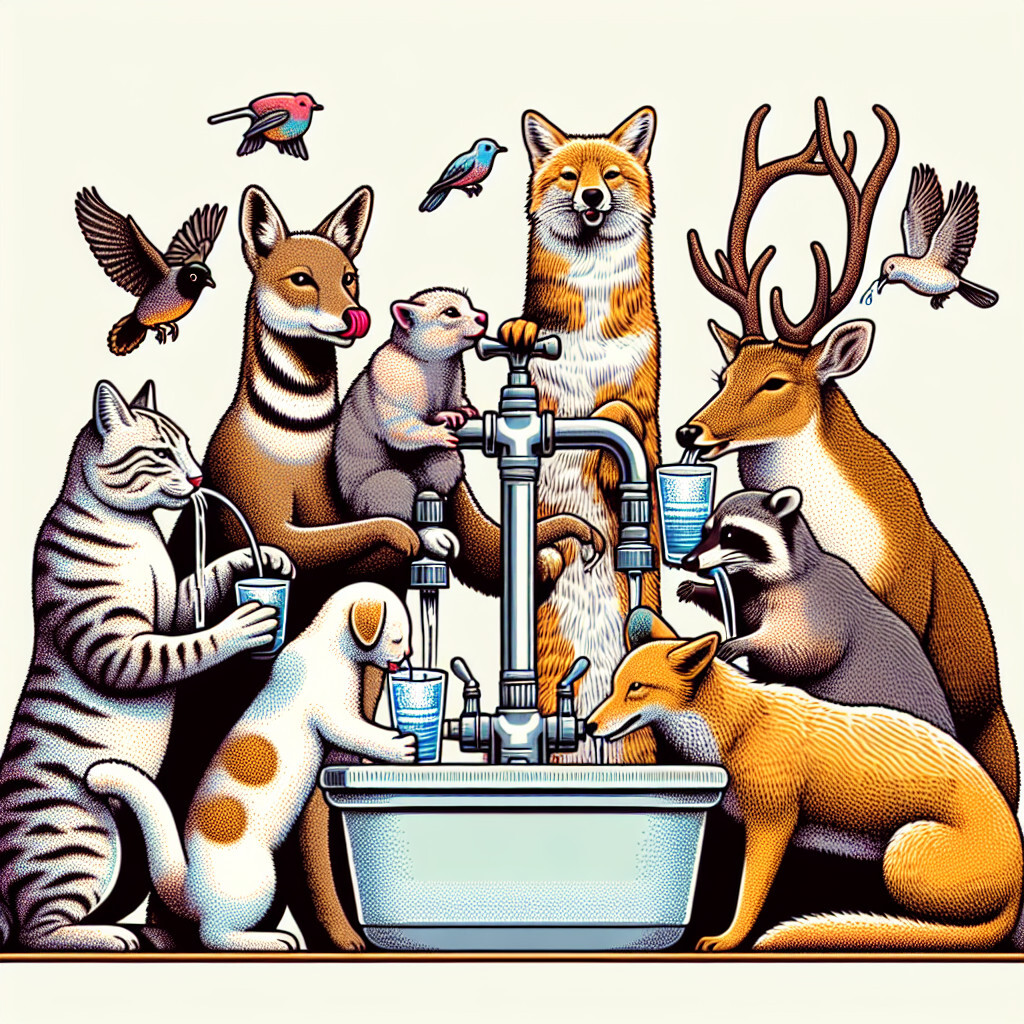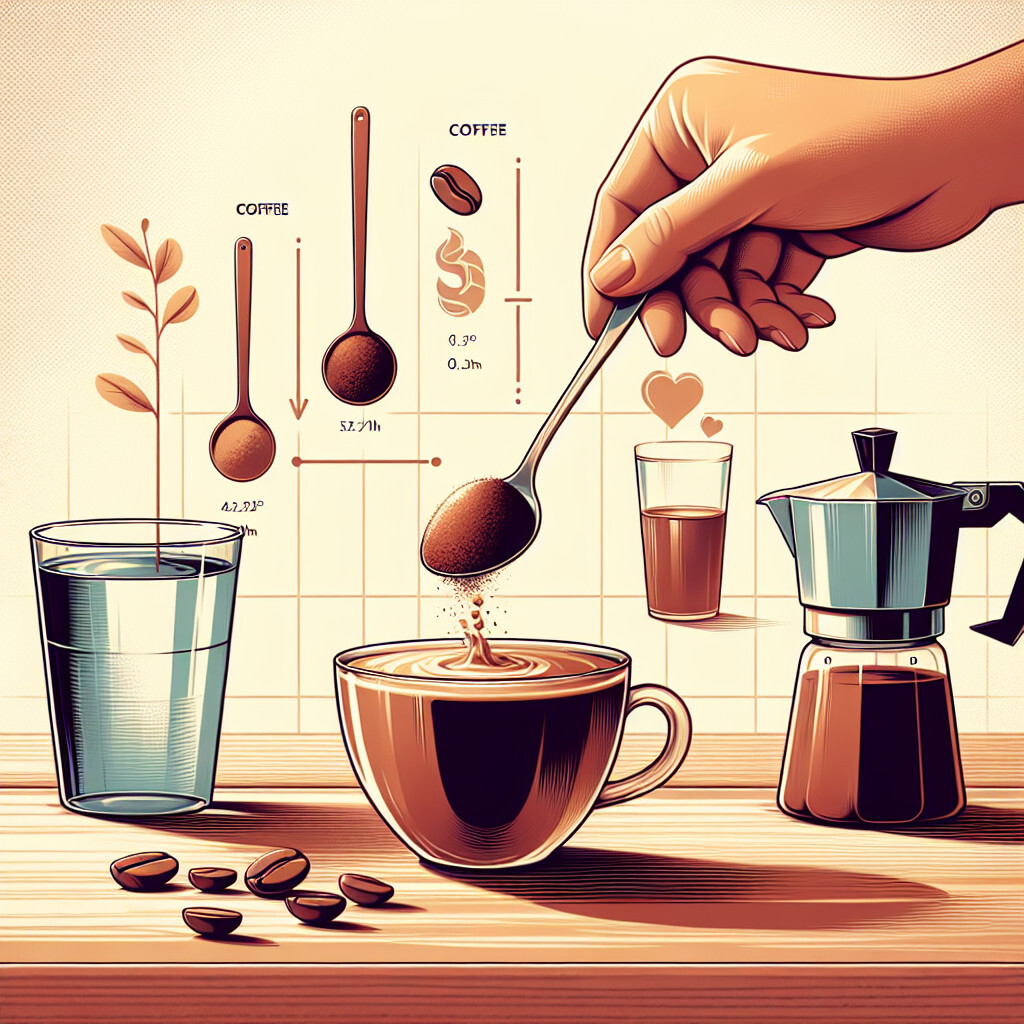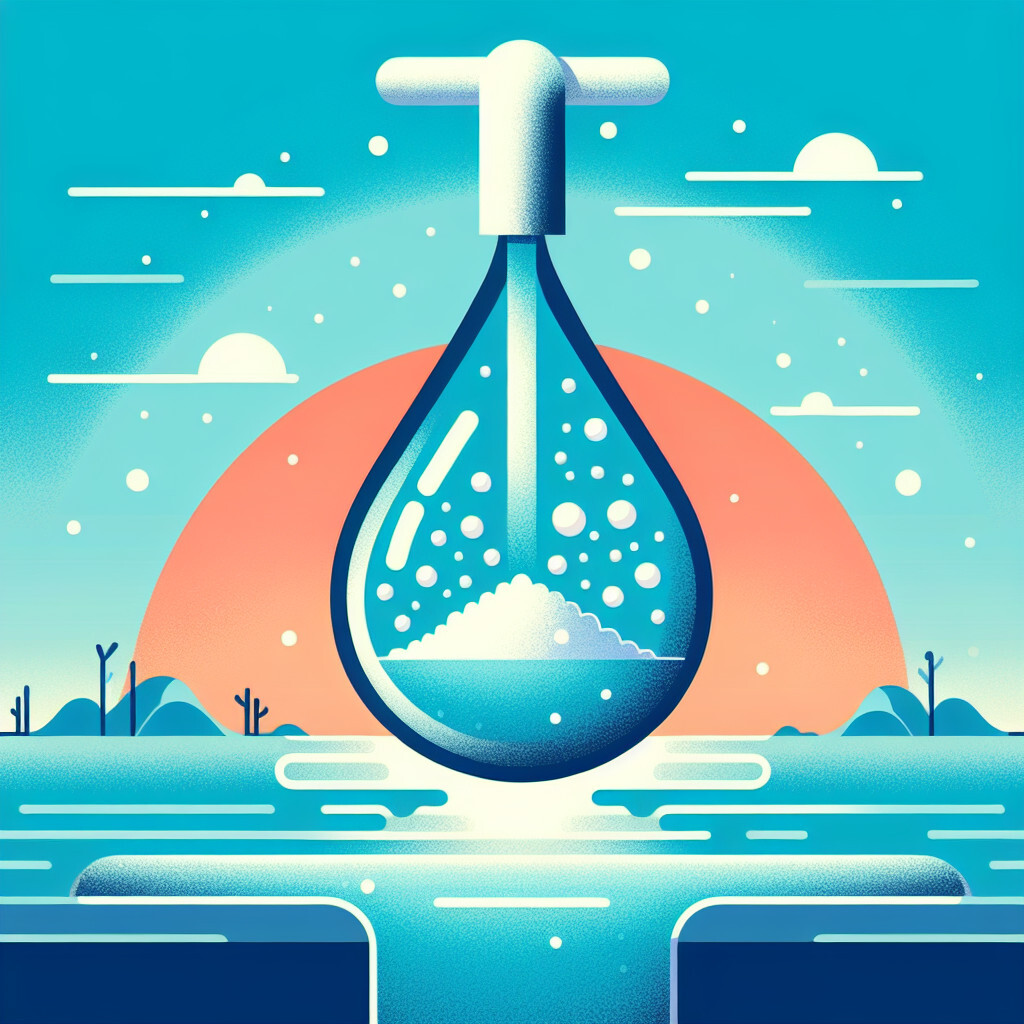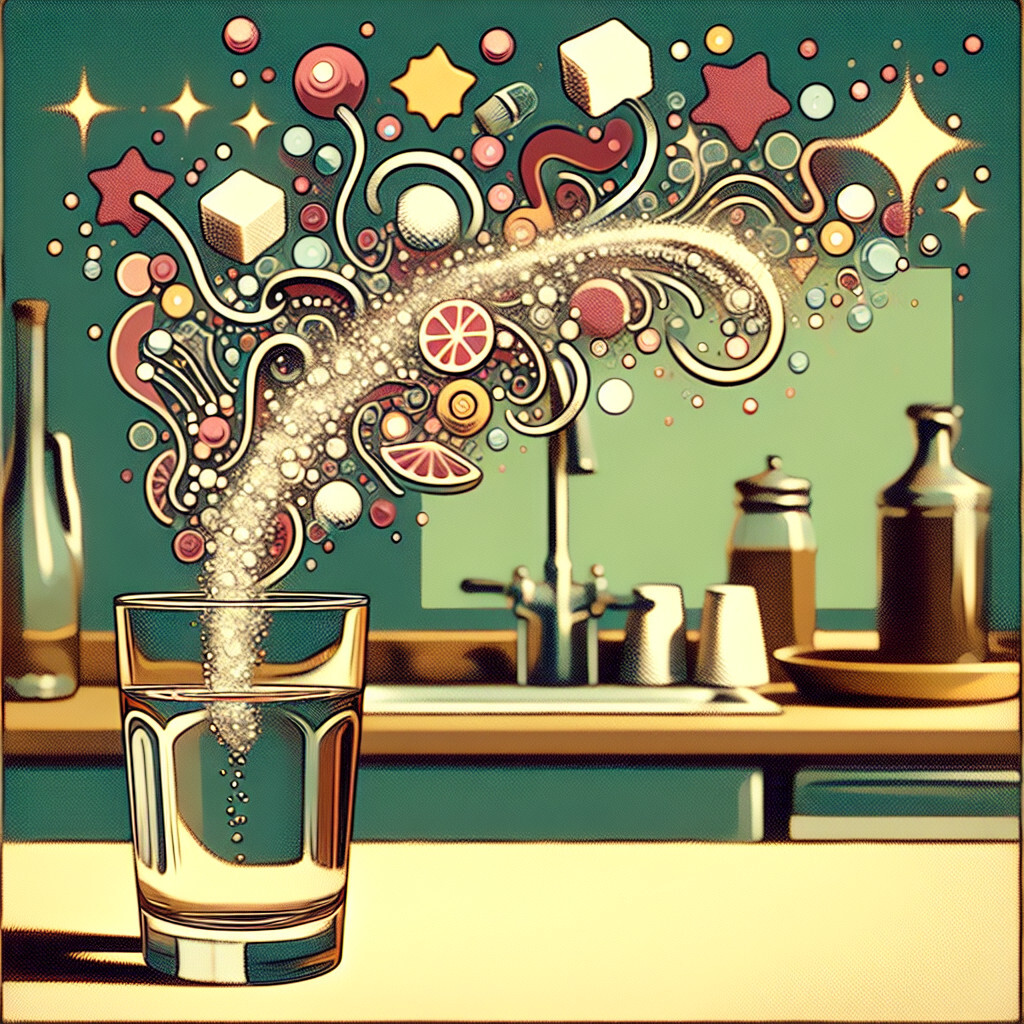-
Table of Contents
“Quenching Animal Thirst, Naturally and Safely with Tap Water!”
Introduction

Tap water for animals refers to the common water source used for the hydration needs of pets and livestock. It is crucial for their survival, growth, and overall health. The quality and safety of tap water can significantly impact an animal’s well-being, as it can contain various minerals, chemicals, and potential contaminants. Therefore, it is essential to ensure that the tap water provided to animals is clean, safe, and suitable for their specific dietary needs.
Understanding the Importance of Tap Water for Animal Health
The importance of tap water for animal health is a topic that warrants our attention. As pet owners, animal caretakers, or simply as individuals who value the well-being of all creatures, it is crucial to understand the role that tap water plays in maintaining the health of animals.
Water, as we know, is a fundamental necessity for all forms of life. It is involved in nearly every bodily function, from digestion and waste removal to temperature regulation and the transportation of nutrients. For animals, just like humans, staying hydrated is essential for overall health. However, the source of this water, particularly the use of tap water, is a subject that often raises questions and concerns.
Tap water is a readily available and cost-effective source of hydration for animals. In many developed countries, it is regulated by strict health standards, ensuring it is safe for consumption. It is treated to remove harmful bacteria, viruses, and parasites that could potentially cause illness. Therefore, providing animals with tap water can be a reliable way to meet their hydration needs.
However, the quality of tap water can vary greatly depending on the location. In some areas, tap water may contain high levels of certain minerals, heavy metals, or other contaminants. While these are typically present in amounts that are safe for human consumption, they can sometimes pose risks to animals, particularly those with specific health conditions or sensitivities. For instance, high levels of fluoride, which is often added to tap water for dental health benefits, can be harmful to some animals if consumed in large quantities over time.
Therefore, it is important to be aware of the quality of your local tap water. Many public water suppliers provide annual water quality reports, which can be a valuable resource. If you have concerns about your tap water, you can also consider having it tested. This can provide peace of mind and ensure that you are providing the best possible care for your animals.
In addition to considering the quality of tap water, it is also important to think about the preferences of your animals. Some animals may be more inclined to drink if the water is fresh and cool, so regularly replacing the water in their bowls can encourage hydration. Others may prefer running water, which can be provided through a pet water fountain.
In conclusion, tap water can be a safe and effective source of hydration for animals, provided that it meets appropriate health standards. However, it is important to be aware of the quality of your local tap water and to consider the specific needs and preferences of your animals. By doing so, you can help ensure that they stay hydrated and healthy. After all, water is not just a basic necessity, but a vital component of their well-being.
Understanding the importance of tap water for animal health is not just about knowing the facts, but about applying this knowledge in a way that benefits the animals in our care. It is about making informed decisions that contribute to their health and happiness. And in doing so, we not only enhance the lives of our animals, but we also enrich our own.
The Role of Tap Water in Your Pet’s Diet
Tap water, a seemingly mundane aspect of our daily lives, plays a significant role in the health and well-being of our pets. As pet owners, we often focus on providing our furry friends with the best quality food, toys, and healthcare, but we may overlook the importance of the water they drink. This article aims to shed light on the role of tap water in your pet’s diet and why it should not be disregarded.
Water is a fundamental component of all living organisms, and pets are no exception. It aids in digestion, nutrient absorption, temperature regulation, and waste elimination. Without adequate water intake, pets can become dehydrated, leading to serious health issues such as kidney disease and urinary tract infections. Therefore, ensuring that your pet has constant access to clean, fresh water is paramount.
Tap water is the most common source of drinking water for pets. It is readily available, cost-effective, and generally safe for consumption. However, the quality of tap water can vary significantly depending on the geographical location and the local water treatment process. Some tap water may contain high levels of minerals like calcium and magnesium, known as hard water, which can lead to urinary problems in pets. On the other hand, tap water may also contain potentially harmful substances such as chlorine, fluoride, and lead.
Chlorine is often added to tap water to kill bacteria and other microorganisms. While it is generally safe for pets in small amounts, some animals may be sensitive to it, leading to gastrointestinal upset. Fluoride, another common additive in tap water, can be harmful to pets if ingested in large quantities. It can cause skeletal fluorosis, a condition that leads to pain and damage to bones and joints. Lead, a heavy metal, can leach into tap water from old pipes and fixtures. Chronic exposure to lead can cause serious health problems in pets, including neurological disorders and kidney disease.
Given these potential risks, it is essential for pet owners to be aware of the quality of their tap water. If you are unsure about the safety of your tap water, consider having it tested by a certified laboratory. Alternatively, you can check the annual water quality report provided by your local water supplier. If your tap water is found to contain high levels of harmful substances, consider using filtered or bottled water for your pets.
Filtered water, whether from a pitcher, faucet attachment, or a whole-house system, can remove many of the potentially harmful substances found in tap water. However, not all filters are created equal. Some may only remove certain types of contaminants, so it’s important to choose a filter that suits your specific needs. Bottled water, on the other hand, is a convenient but more expensive option. It is typically free of most contaminants, but its environmental impact and cost may be a concern for some pet owners.
In conclusion, tap water plays a crucial role in your pet’s diet. While it is generally safe for pets, its quality can vary, potentially posing health risks to your furry friends. As responsible pet owners, it is our duty to ensure that the water our pets drink is clean and safe. Whether you choose tap, filtered, or bottled water, remember that providing your pet with adequate water is just as important as providing them with nutritious food.
Potential Risks of Tap Water Consumption for Animals
Tap water is a common source of hydration for both humans and animals. However, the potential risks associated with tap water consumption for animals are often overlooked. This article aims to shed light on these potential hazards, emphasizing the importance of providing clean, safe water for our pets and livestock.
The quality of tap water can vary significantly from one location to another, depending on the source of the water and the treatment processes it undergoes. While tap water is generally safe for human consumption, certain contaminants that may be present in the water can pose risks to animals. These contaminants can include heavy metals, bacteria, viruses, and other harmful substances.
One of the most common contaminants found in tap water is lead. This heavy metal can leach into the water supply from old pipes and fixtures, particularly in older homes and buildings. While lead is harmful to humans, it can be even more detrimental to animals. Ingesting lead can cause a range of health problems in animals, including neurological issues, kidney damage, and gastrointestinal problems.
Another potential risk associated with tap water consumption for animals is the presence of chlorine. This chemical is commonly used to disinfect water supplies, killing harmful bacteria and viruses. However, chlorine can also be harmful to animals if ingested in large amounts. It can cause irritation to the eyes and skin, and in severe cases, it can lead to respiratory problems.
In addition to these chemical contaminants, tap water can also contain harmful bacteria and viruses. While water treatment processes are designed to eliminate these pathogens, there is always a risk that some may remain. Animals that consume contaminated water can suffer from a range of illnesses, including gastrointestinal disorders and infections.
Furthermore, certain minerals that are beneficial to humans can be harmful to animals if consumed in large amounts. For example, fluoride, which is often added to tap water to promote dental health in humans, can cause bone and joint problems in animals if ingested in high quantities.
It’s also worth noting that the taste and smell of tap water can be off-putting to some animals, particularly cats. This can lead to decreased water consumption, which can in turn lead to dehydration and associated health problems.
Given these potential risks, it’s important for pet owners and livestock keepers to consider alternatives to tap water. Bottled water is one option, although it can be expensive and environmentally unfriendly. A more sustainable and cost-effective solution is to use a water filter. These devices can remove a wide range of contaminants from tap water, making it safer for animals to drink.
In conclusion, while tap water is a convenient source of hydration for animals, it’s important to be aware of the potential risks associated with its consumption. By taking steps to ensure the water we provide to our animals is clean and safe, we can help protect them from health problems and contribute to their overall well-being.
Comparing Tap Water and Bottled Water for Animal Hydration
The debate between tap water and bottled water for animal hydration is a topic of interest for many pet owners. The question of which is better for our furry friends is not as straightforward as it may seem. Both tap water and bottled water have their own set of advantages and disadvantages, and understanding these can help pet owners make an informed decision.
Tap water is the most common source of hydration for pets. It is readily available, cost-effective, and generally safe for consumption. Most municipal water supplies are treated to remove harmful bacteria and other contaminants, making it safe for both human and animal consumption. However, the quality of tap water can vary greatly depending on the location. In some areas, tap water may contain high levels of minerals like iron and magnesium, which can affect the taste and potentially the health of your pet. Additionally, tap water may also contain traces of chemicals used in water treatment, such as chlorine, which can be harmful to animals in large quantities.
On the other hand, bottled water is often perceived as a safer and healthier alternative. It undergoes a rigorous purification process to remove any potential contaminants, ensuring a consistent quality regardless of the source. This can be particularly beneficial for pets with sensitive stomachs or those with specific dietary needs. However, bottled water is not without its drawbacks. It is significantly more expensive than tap water, and the environmental impact of plastic bottles is a major concern. Furthermore, not all bottled water is created equal. Some brands may simply be tap water that has been filtered and repackaged, offering little to no advantage over regular tap water.
When comparing tap water and bottled water for animal hydration, it’s important to consider the specific needs of your pet. For most pets, tap water is perfectly adequate. It provides all the necessary hydration without any additional cost or environmental impact. However, if your pet has a sensitive stomach or specific dietary needs, bottled water may be a better choice. It’s always a good idea to consult with a veterinarian to determine the best option for your pet.
In conclusion, both tap water and bottled water can be suitable for animal hydration, depending on the specific circumstances. Tap water is a cost-effective and environmentally friendly option that is generally safe for most pets. However, in areas where the quality of tap water is questionable, or for pets with specific health concerns, bottled water may be a safer choice. Regardless of the source, ensuring your pet has access to clean, fresh water at all times is the most important factor in maintaining their health and well-being.
Remember, the quality of water can have a significant impact on your pet’s health. Therefore, it’s crucial to regularly check the quality of your tap water and to choose bottled water brands that are reputable and transparent about their water sources and purification processes. Ultimately, the decision between tap water and bottled water for animal hydration should be based on an informed understanding of the benefits and drawbacks of each, as well as the specific needs of your pet.
Q&A
1. Question: Is tap water safe for animals to drink?
Answer: Yes, in most cases tap water is safe for animals to drink, as long as it is safe for human consumption. However, it’s important to consider the quality of your local tap water and any potential contaminants.
2. Question: Can tap water harm my pet?
Answer: Tap water can potentially harm your pet if it contains high levels of harmful substances like lead, chlorine, or other chemicals. Some pets may also be sensitive to the minerals in hard water.
3. Question: Should I give my pet filtered or bottled water instead of tap water?
Answer: It’s not necessary to give your pet filtered or bottled water instead of tap water unless your local tap water is known to be unsafe. However, some pet owners choose to do so for peace of mind or if their pet prefers it.
4. Question: Can the temperature of tap water affect my pet?
Answer: Yes, the temperature of tap water can affect your pet. Very cold water can upset your pet’s stomach, while very hot water can cause burns. It’s best to provide water that is at room temperature.
Conclusion
In conclusion, tap water is generally safe for animals to drink as long as it is clean and free from harmful contaminants. However, the quality of tap water can vary greatly depending on the location, so it’s important to ensure it meets the necessary safety standards. Some animals may also be sensitive to certain chemicals commonly found in tap water, such as chlorine, so filtered or bottled water may be a safer option in some cases.






